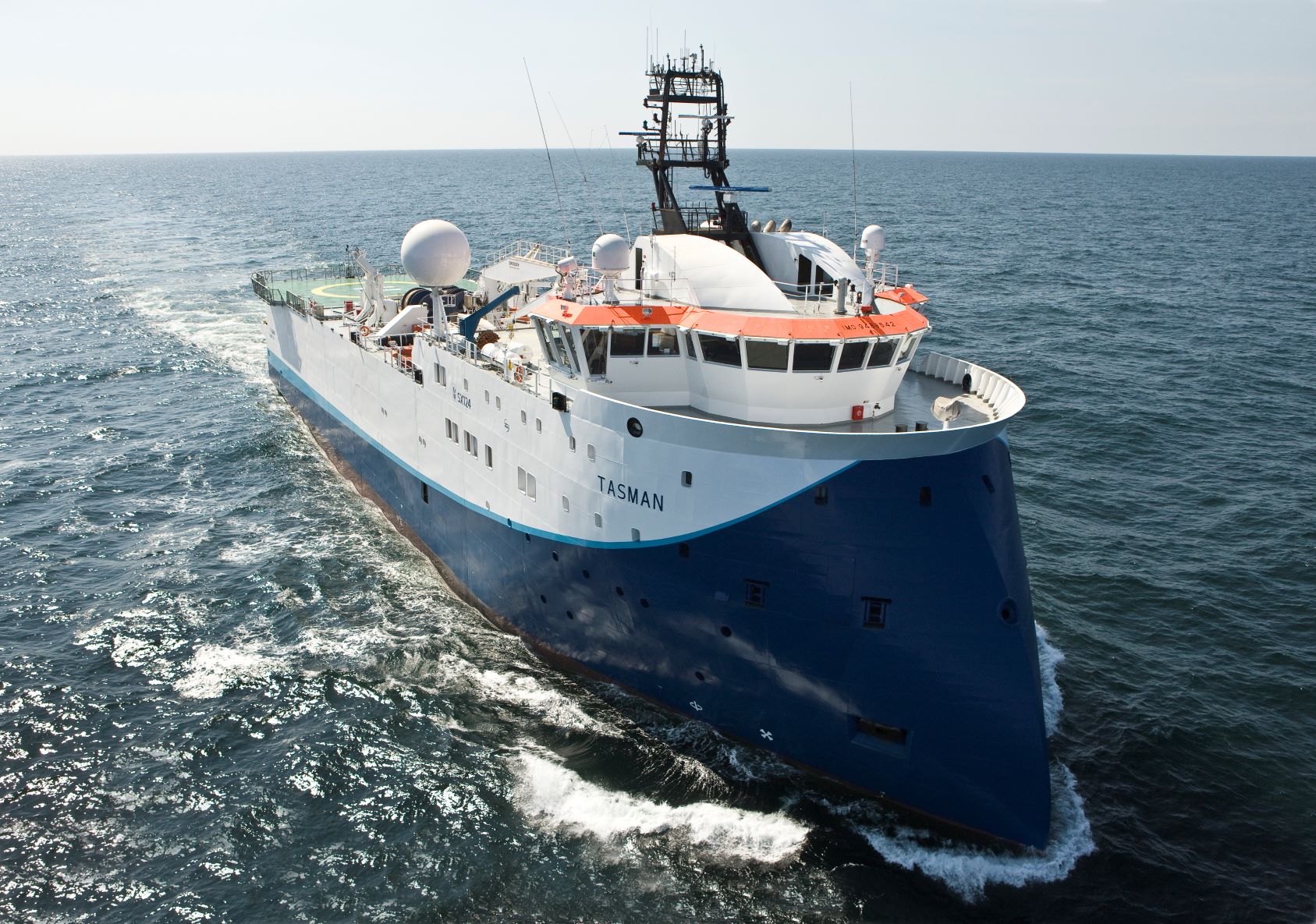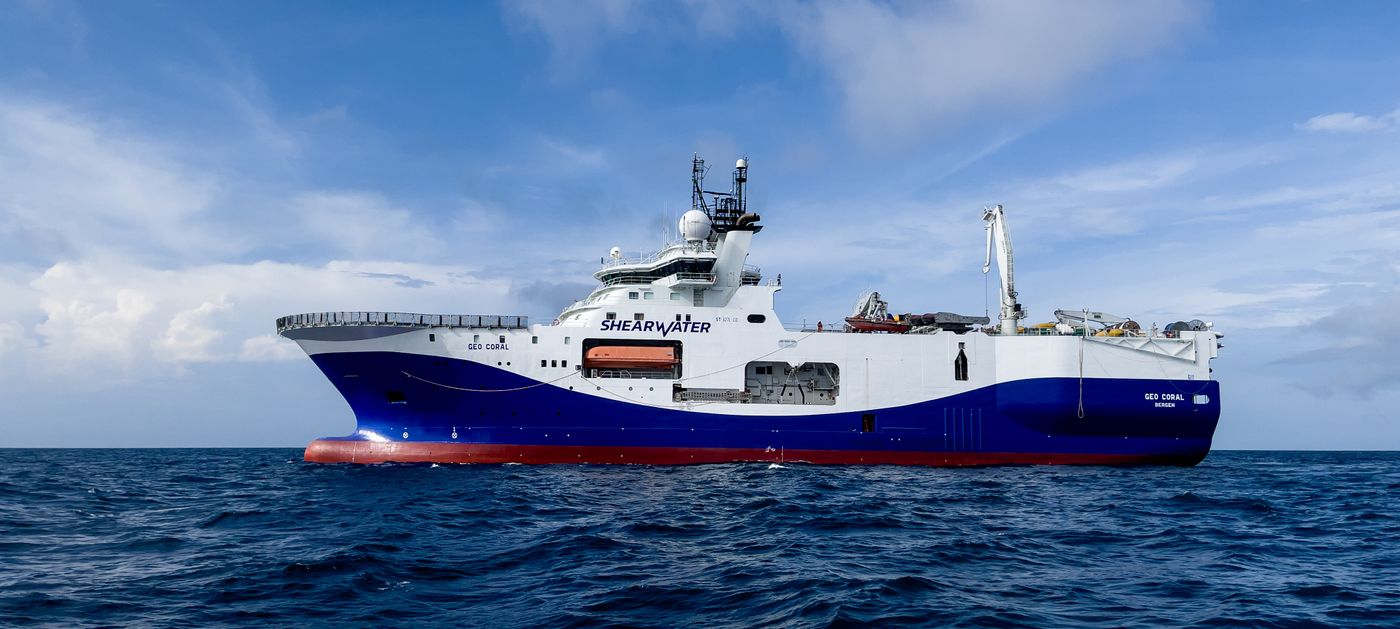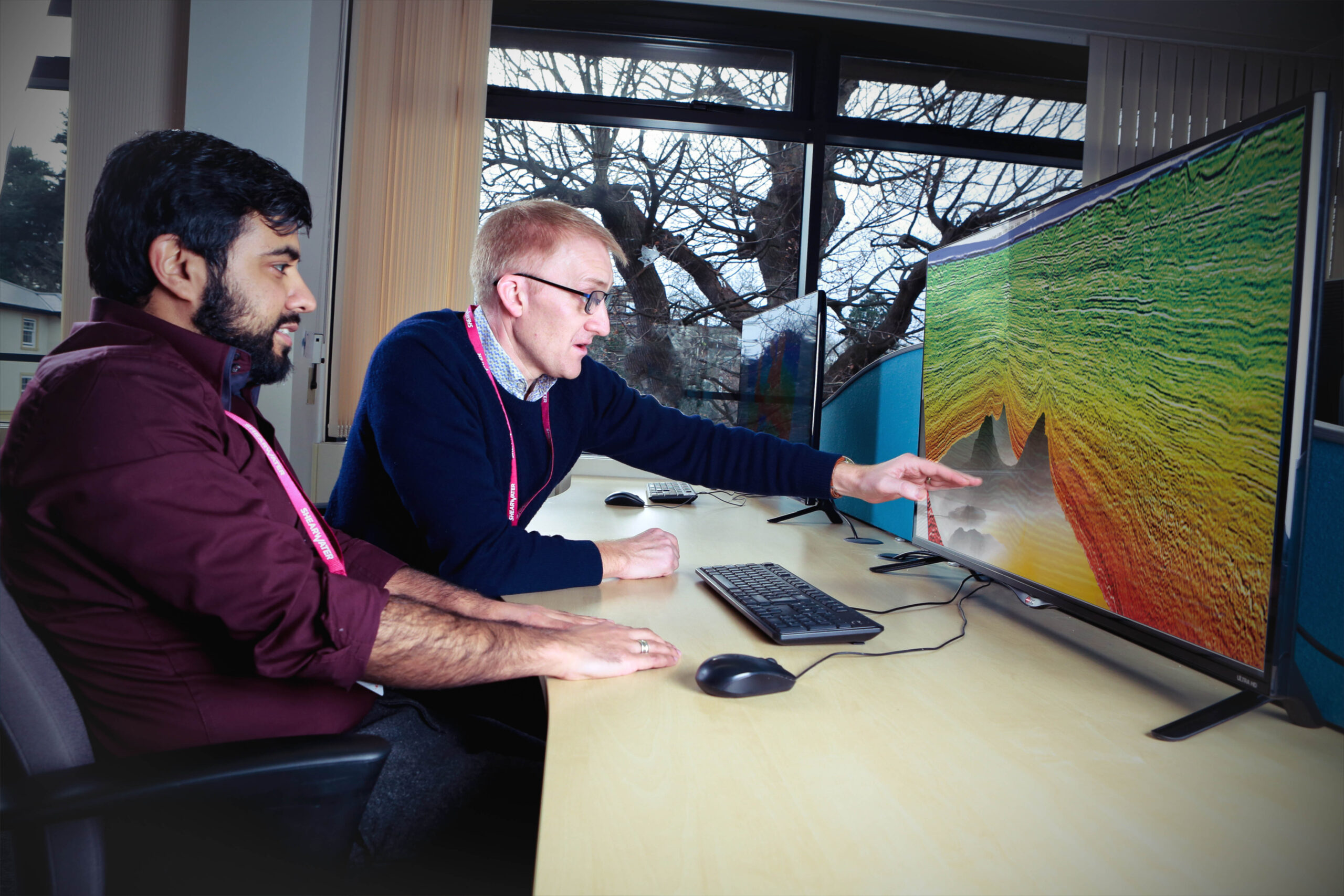Shearwater has announced the award of a 4D Ocean Bottom Seismic survey at the Edvard Grieg field for Lundin Energy Norway.
The SW Cook and SW Tasman will conduct the one-and-a-half-month project (3 vessel months) in the North Sea during the 2022 summer season using its Qseabed crews. This marks Shearwater’s return to the Edvard Grieg field to perform a third repeat 4D monitor survey.
Per Eivind Dhelie, Senior Geophysicist in Lundin Energy Norway, said comments: “The previous three surveys in 2016, 2018 and 2020 provided us with very high quality 4D images of the Edvard Grieg reservoir. These have been used to optimize the infill well locations on the field and supported an extended plateau production of approximately five years as well as increased the field reserves by more than 50 million barrels oil equivalent.
“We have also made breakthroughs in reducing the turnaround time for 4D processing to less than 10 days after last shot. Our continued commitment to the Qseabed system is a testament not only to the equipment but also the crews, the vessels and all involved parties, and that we see that they are strongly committed to delivering on such an important project for our company.”
Irene Waage Basili, CEO of Shearwater comments: “It is not a trivial endeavour to deliver a complete seismic acquisition solution combining the highest quality sensor technology, vessels, and expert crews to develop time-lapse data that has the potential to transform returns from producing fields.
“An attitude of long-term commitment to technology innovation by our clients is a key contributor to this success. During this project, we will test next-generation technology together with Lundin demonstrating our commitment to delivering high-quality 4D images into the future.”
In other news, Shearwater is divesting the four seismic acquisition vessels Polar Marquis, Oceanic Challenger, SW Emerald, and SW Eagle for recycling as part of its fleet renewal strategy.
The first two vessels, Polar Marquis and Ocean Challenger, have been delivered in Turkey for recycling in accordance with EU regulations and the 2009 Hong Kong International Convention for the Safe and Environmentally Sound Recycling of Ships. The further two vessels, which are not active, will be delivered for recycling later in 2022. The vessels were built between the years 1992 and 2000 and have not recently been commercially active.
“We are committed to providing our clients with modern, flexible and high-end vessels and equipment enabling efficient execution of seismic surveys and high-quality geophysical data while minimising the environmental footprint of operations,” said Waage Basili. “Now, we have the youngest fleet of any major seismic company, with improved capacity, capability and efficiency.”
Shearwater said the development was a continuation of the company’s commitment to fleet renewal, which includes the previously announced recycling of the Western Trident in 2021 and sale outside of the seismic industry of the CGG Alize in 2020.





